How I Photographed the Reed Warbler
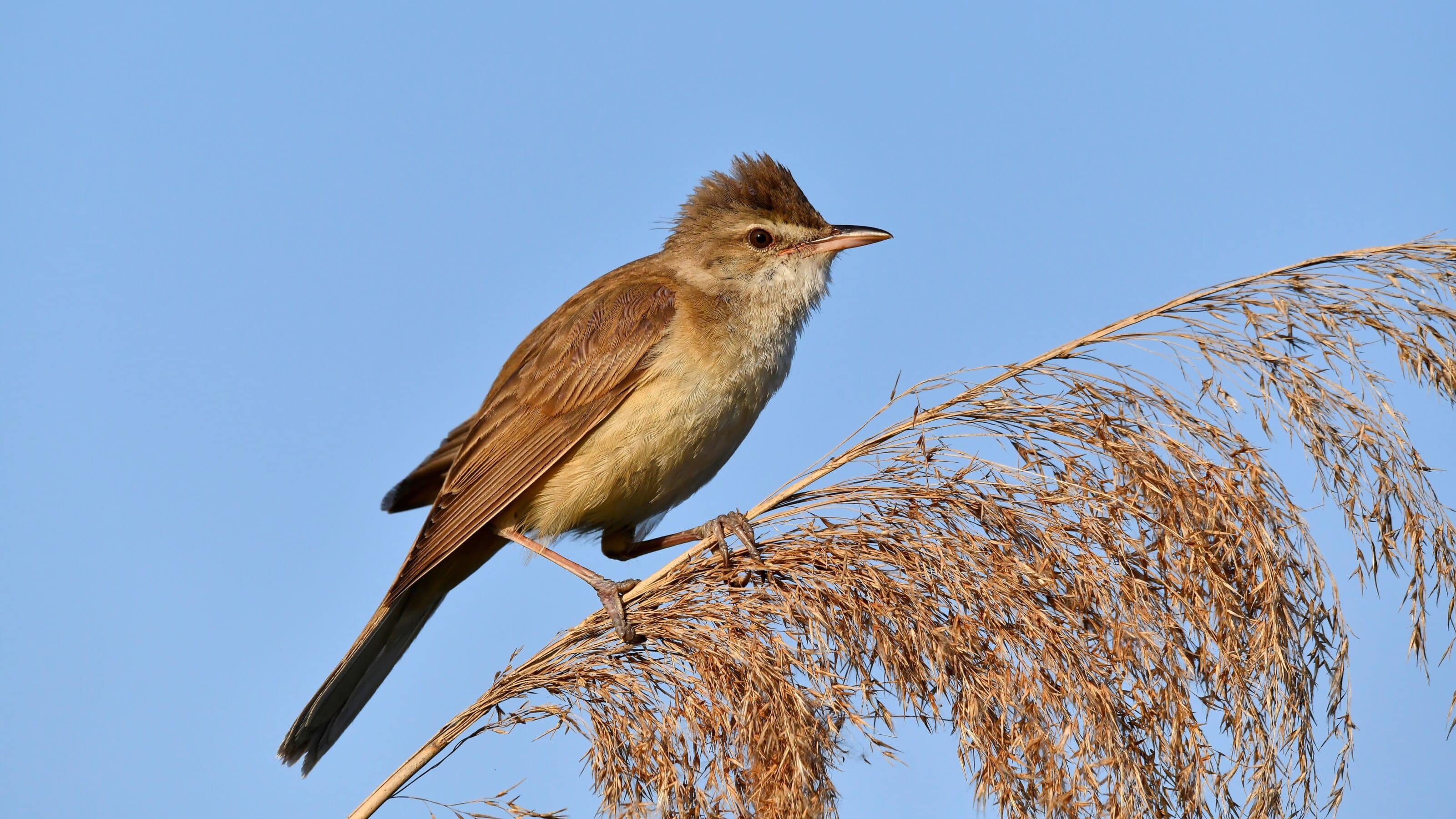
If birds were to form musical groups, the reed warbler would probably be a metalhead. That’s what always comes to mind when I’m sitting by the pond looking for something to photograph. It is one of the loudest birds found at the European waters’ edge.
To be honest, I’ve never captured this bird properly on camera. I usually get a half-focused picture of the reed stalks the bird hiding behind. A reed warbler never completely revealed itself to me for a picture. This kept me up at night, so I set out to change that.

I walked around the ponds to find out where they sang the most. I identified the depth where their song was loudest and chose a hiding spot. The plan was simple—crouch and hide until they showed up.
The moment of truth—The sun was still hesitantly peeking over the horizon, as if it was debating whether to come out or go back to sleep. I wasn’t sure either and had a hard time getting up that day. But I got over it, though I felt bad for my dad because I had to wake him up to drive me since I don’t have a driver’s license. I shook him and after some grumbling, he got up, downed a coffee, and we were off. Destination: The Jistebnice Ponds.
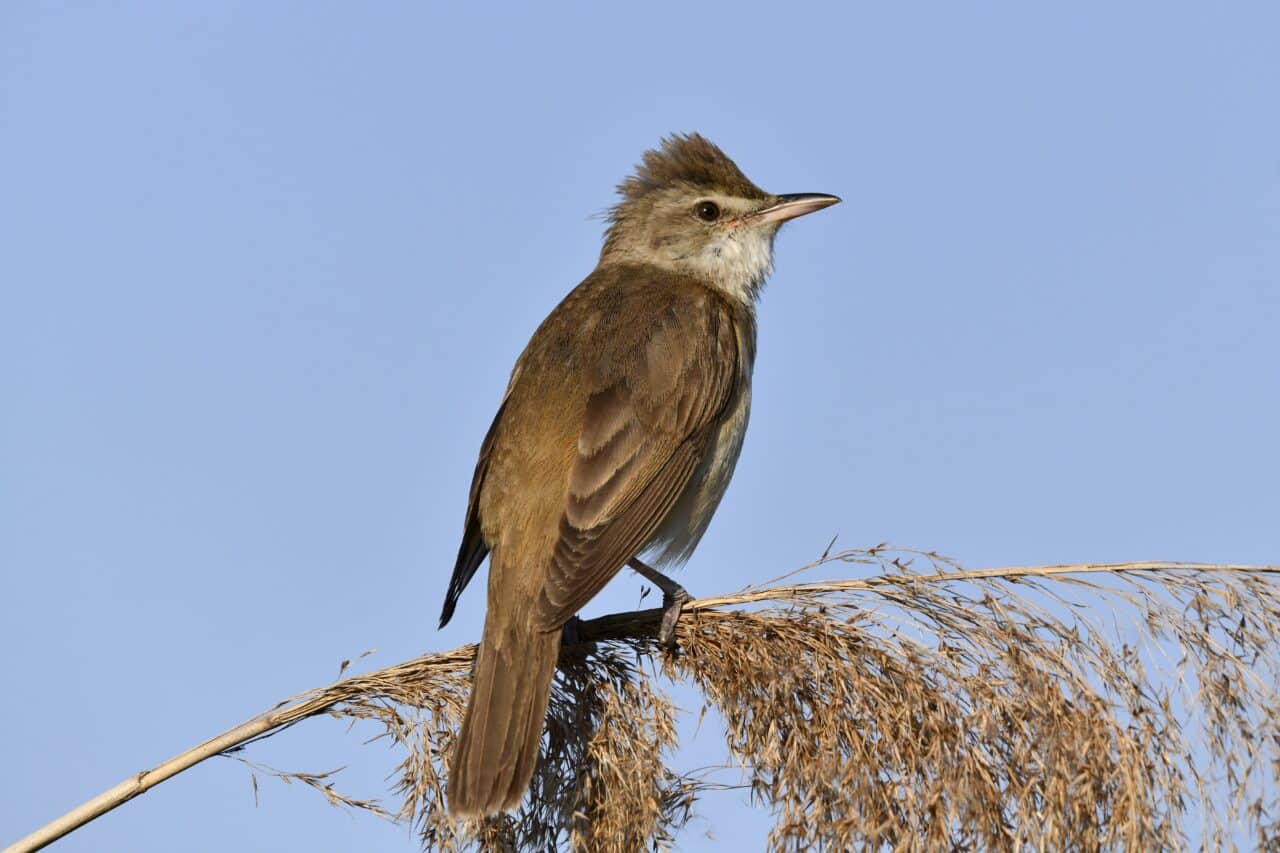
I got out of the car when the clock read a few minutes after five. My dad wished me luck and drove home to go back to sleep. With my backpack, tripod, and stool, I crawled to the pond with a sack like Santa Claus. Every couple of minutes, I stopped for a moment to observe a heron in the tree, an occasional beaver in the water, and already regretted not having my camera ready. That’s what I love most about morning photography. Nature is alive; the animals aren’t hiding yet.
After I arrived at the pond, I unpacked my equipment. I placed the stool in the middle of the reeds and sprayed myself for ticks. Then, I set up my tripod, unpacked my camera, and made myself a drink. Finally, I sat down, covered myself with a tarp, and waited.
As usual, once I got settled, everything quieted down. Nature was waiting to see what I would do. After a while, when nature realized nothing bad was happening, it came back to life. A short distance from the reeds, coots swam by with their chicks. A bit further down, a grebe hunted a beetle to give to its young. It was peaceful and beautifully calm. A bit too peaceful. About half an hour later, I realized I still hadn’t heard the warbler yet. An hour later, still nothing.
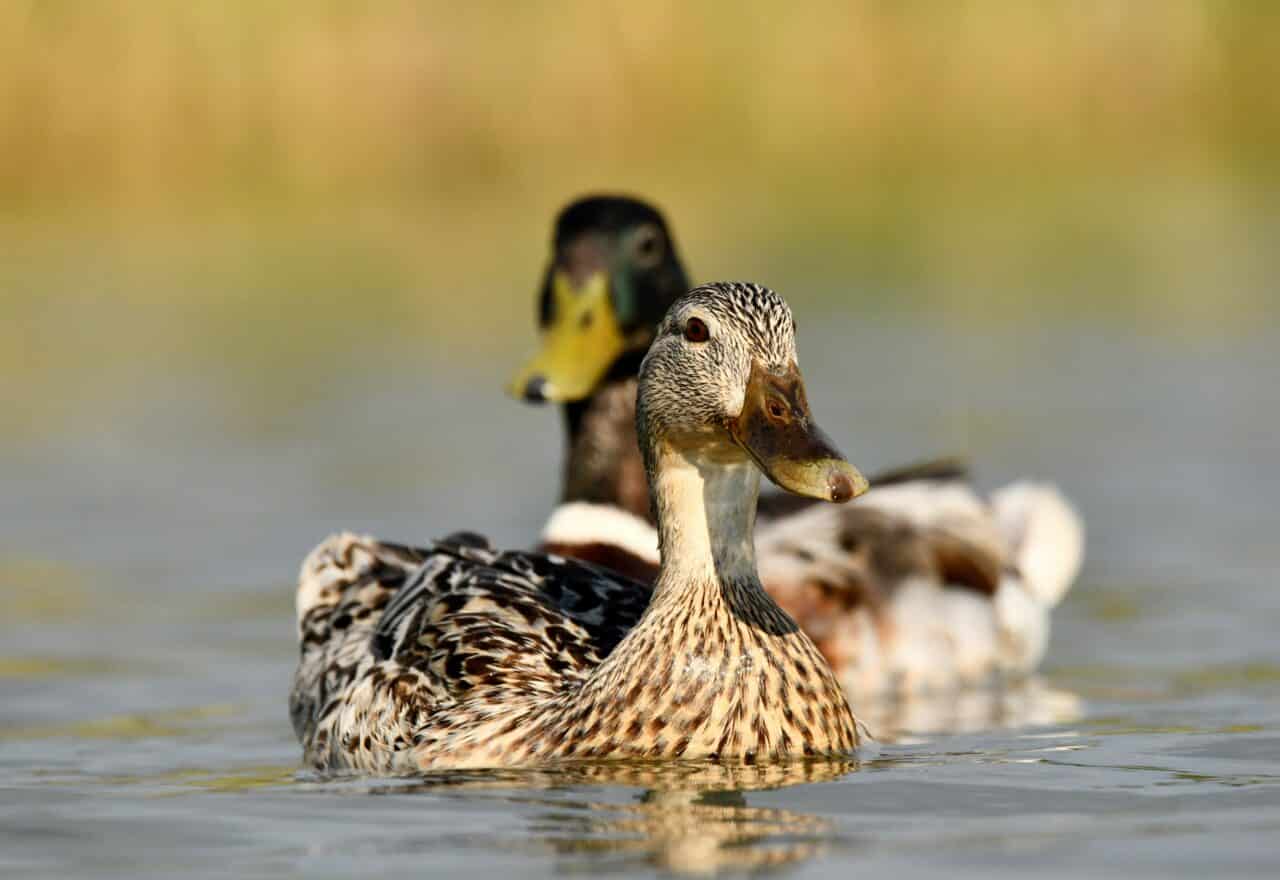
After almost two hours in the reeds, my back started to hurt. There was no reed warbler anywhere in sight. I thought of going for a walk to warm up. Despite the rubber boots, my feet were getting cold. I was just about to get up when suddenly I heard it. Beautiful. The warbler’s voice got closer. Now I could see it.

I checked my camera settings just in case—shutter speed, f-number, and exposure compensation. I tried a test shot. Everything was perfect.
I waited. My finger on the shutter button was trembling. I had a feeling this was going to be my day. The warbler was willing to cooperate. It jumped from reed to reed. I didn’t shoot just yet because I didn’t want the sound of my camera’s shutter or some micro movement to scare it away. One more reed flower and the warbler would be in the ideal position. I realized I was holding my breath so I didn’t scare it away. The warbler hopped off the flower and out of nowhere, there was angry barking next to me. The warbler was gone.

“Caesar, leave those ducks alone!.” I heard the hoarse voice of an older woman and a few moments later, I saw her coming towards the reeds to calm down her dog.
The process of waiting started all over again. I angrily took my camera off the tripod and went for a walk. At the neighboring pond, there was a swan proudly leading her babies. I laid down on the shore and started taking pictures. It calmed me down and re-energized me.
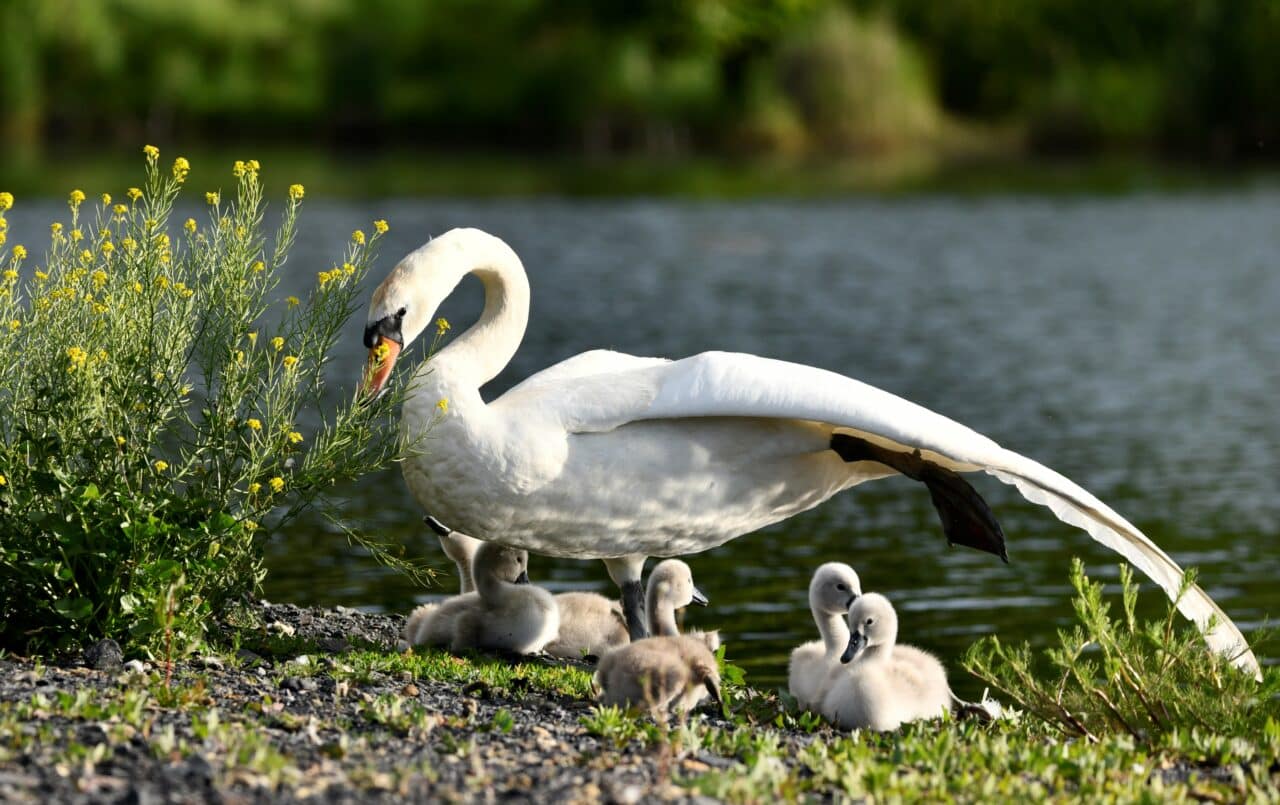
I decided to give it another try. I resumed my position in the reed shelter. Again, nothing. The warblers were gone. After another hour of waiting in vain, I started to hear voices from the dam. That meant people were starting to come out for their morning walks and my shoot was over. The birds would retreat from the shore even more and I could forget about getting any good photos.
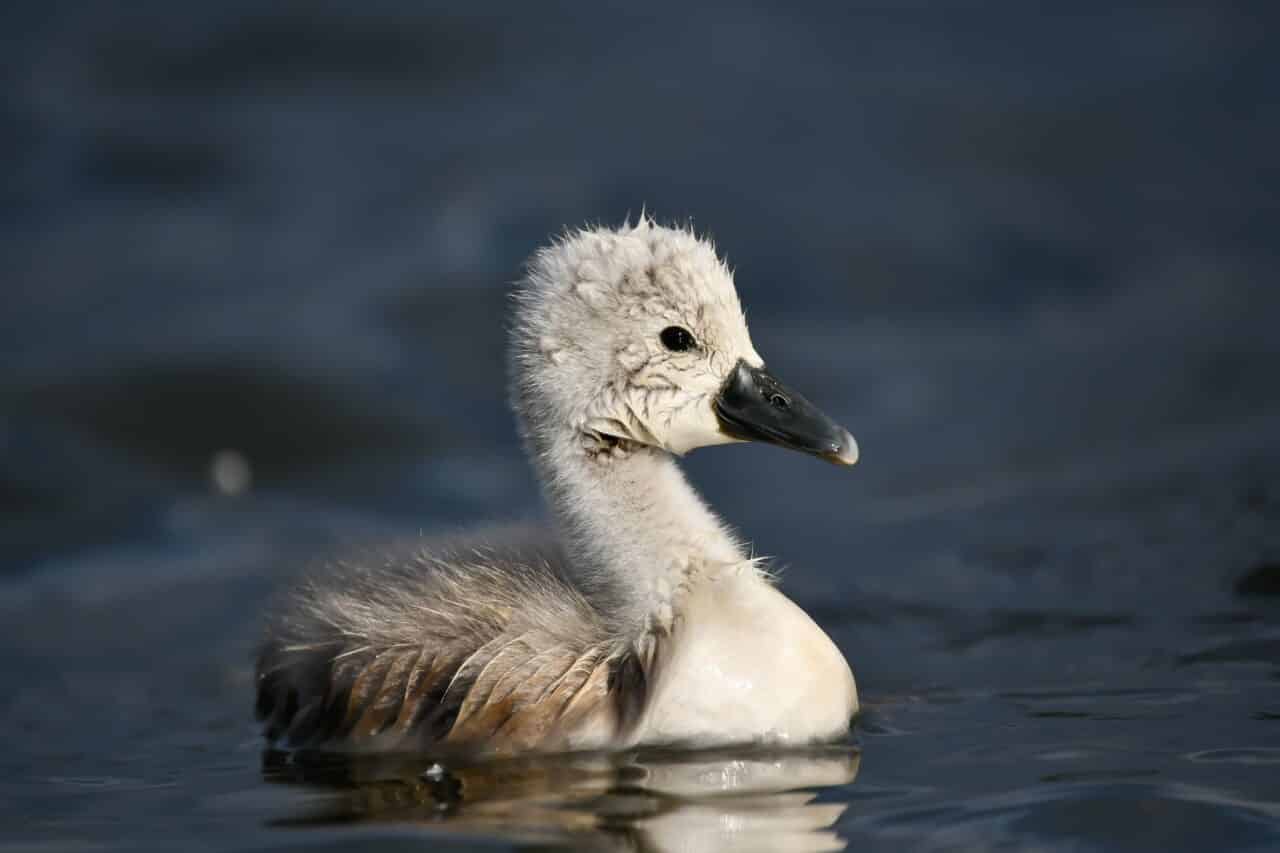
I turned off my camera, threw the tripod on the shore, and bent down to get my stool. Suddenly, the warbler literally screamed in my ear. I carefully turned around. He was sitting about a meter from me. He was looking at me and wasn’t scared at all. He sang one song after another as if to tell me my wait was not for nothing.
I slowly lifted my camera that was hanging from my neck and tried to focus. Damn, he was too close. My lens wouldn’t take it. I took one step back. I could feel the water going over the edge of my rubber boots, but I didn’t pay attention. Just one more tiny step back. The water was up to my knees. Click, click. Got him.
The warbler was turning from all sides. I checked my settings on the display. Perfect. I clicked one photo after another for I don’t know how long. The warbler was just sitting on the reed flowers, seemingly unbothered by whatever I was doing. He seemed to be enjoying the photo shoot. I took 786 photos.
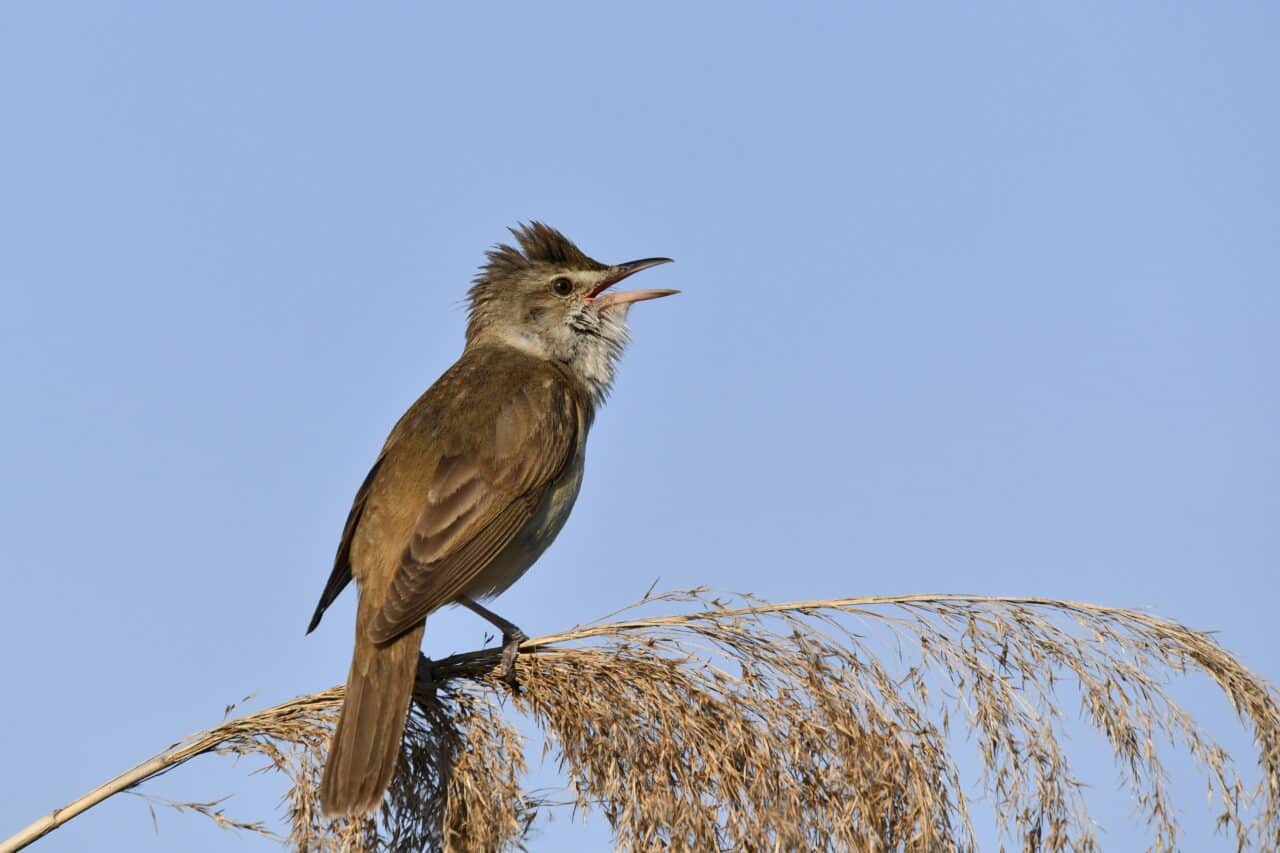
I was cold and soaked through my underwear, but I was happy. So happy. Thank you, birdie!
Until we meet again.
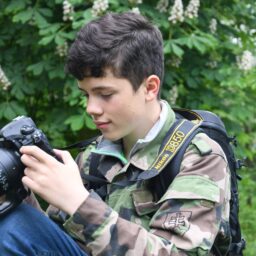
There are no comments yet.